Electric cars are gradually becoming a consideration for more and more car buyers.
An improving charging structure and accomplished vehicles such as the Nissan Leaf and Renault Zoe are no doubt helping with this, particularly with their longer ranges between charges. Forthcoming products such as the Hyundai Kona Electric, Audi E-tron and Kia Niro EV will also spread this appeal, too.
However, an issue which has continually dampened their success is a stigma around them and their use, and the misunderstanding of the products.
Go Ultra Low – a campaign encouraging the uptake electric vehicles – has now revealed the biggest electric car myths around EVs after surveying 2,000 motorists.
Here’s what’s not known about them…
1. You can take an EV through a car wash
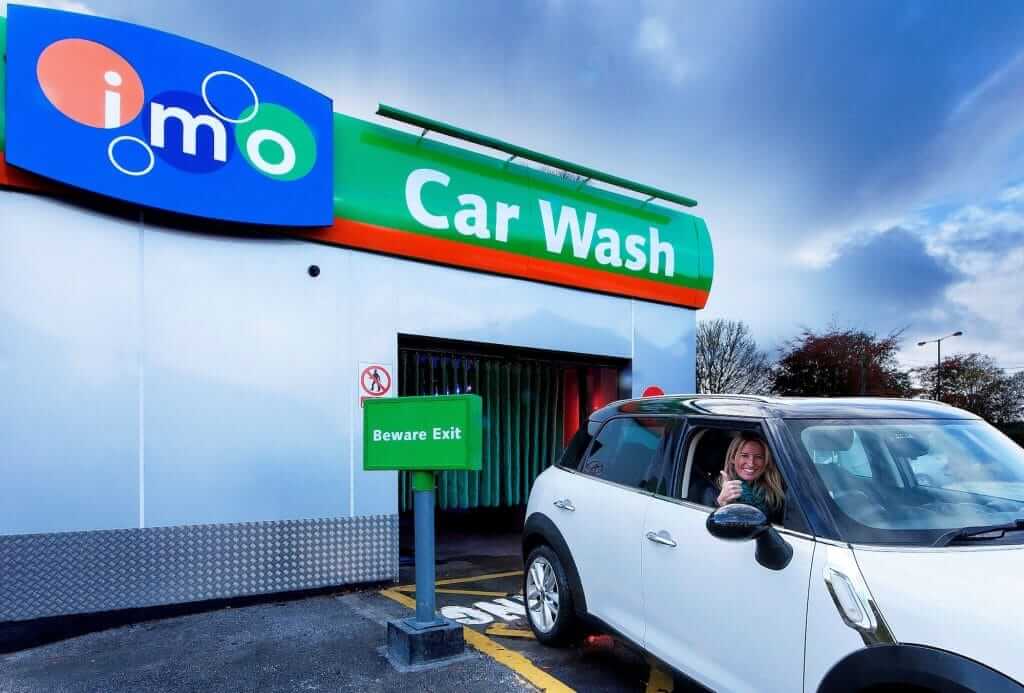
You might think this seems quite obvious, but 42 per cent of those surveyed didn’t think they could take an electric car through a car wash. Just like with a conventionally fuelled car, it’s safe to take an EV through one.
2. They’re typically faster than petrol or diesel cars with the same power
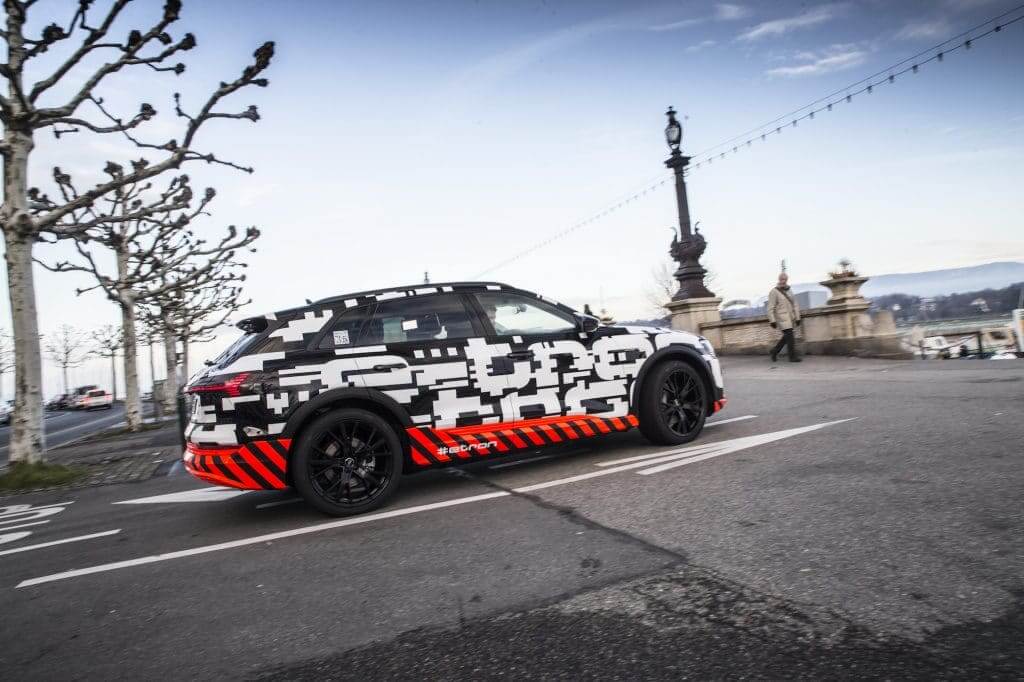
Many also think that EVs are slow – 47 per cent of those surveyed believe this. The fact is that electric cars are actually quite fast, as without a conventional gearbox to deal with, they can accelerate smoothly and quickly thanks to the increased torque from the electric motor. While it is true that EVs don’t have as high top speeds as petrol or diesel equivalents – typically having maximum speeds of around 90mph – there are few instances when motorists ever get to those speeds anyway.
3. EVs are cheaper to run than you might think
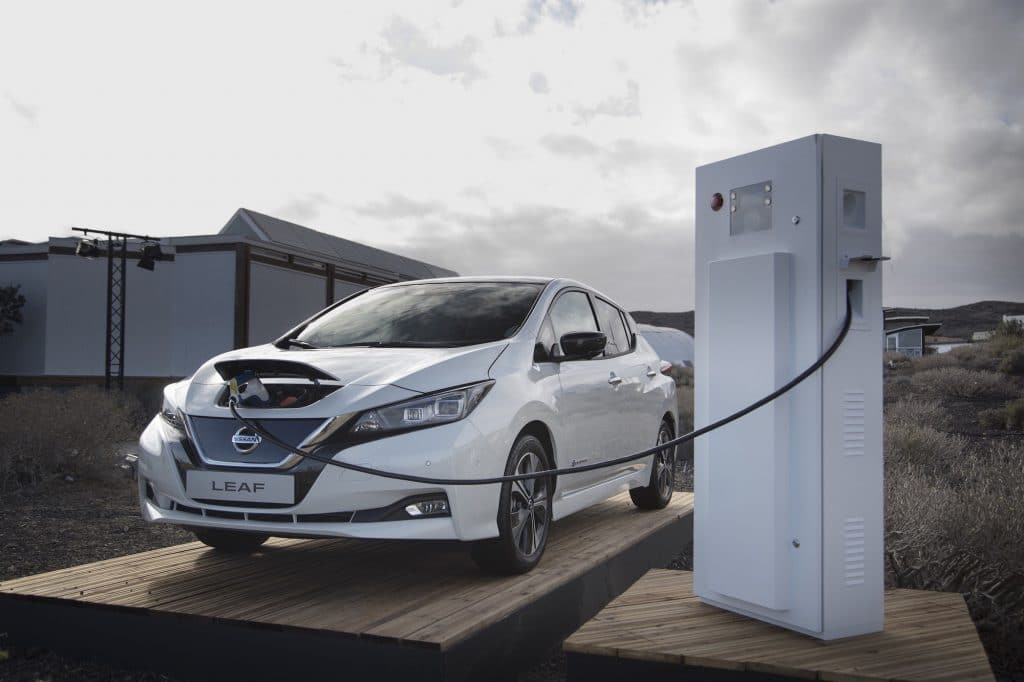
Many drivers are put off owning an EV because they think they’re expensive. While their upfront costs might be higher than a petrol or diesel equivalent, they have free road tax while fuel costs will be a fraction of what you would pay at a fuel pump. There’s also a £4,500 government-funded electric car grant which applies to the majority of 100 per cent electric cars. A full list of eligible cars can be accessed on the government’s website.
Running costs of EVs are also said to be 70 per cent less than conventionally powered cars, thanks to a reduced number of components to go wrong and need servicing.
4. There’s plenty of choice on the market
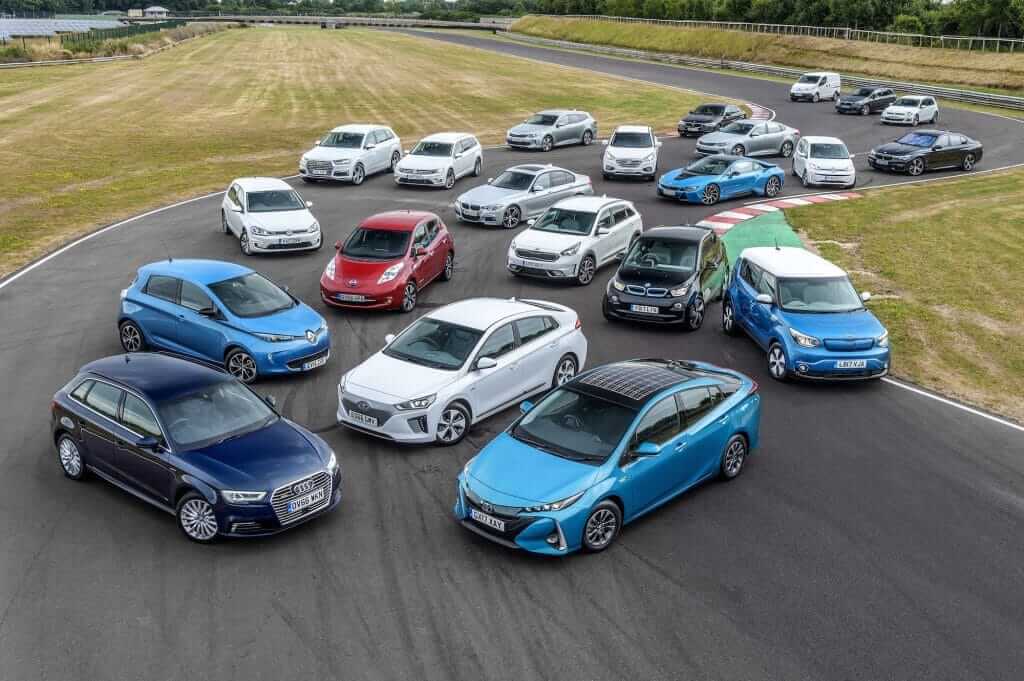
Some believe that limiting your options to a pure EV will leave you with just a few cars to choose from. However, there are already 17 pure EVs already on the market, including from manufacturers such as BMW, Hyundai, Jaguar, Kia, Nissan, Renault, Smart, Tesla and Volkswagen, with firms such as Audi and Kia soon to be launching electric cars, too. It’s worth noting that there are several electric commercial vehicles available as well.
5. There are plenty of places to charge your car
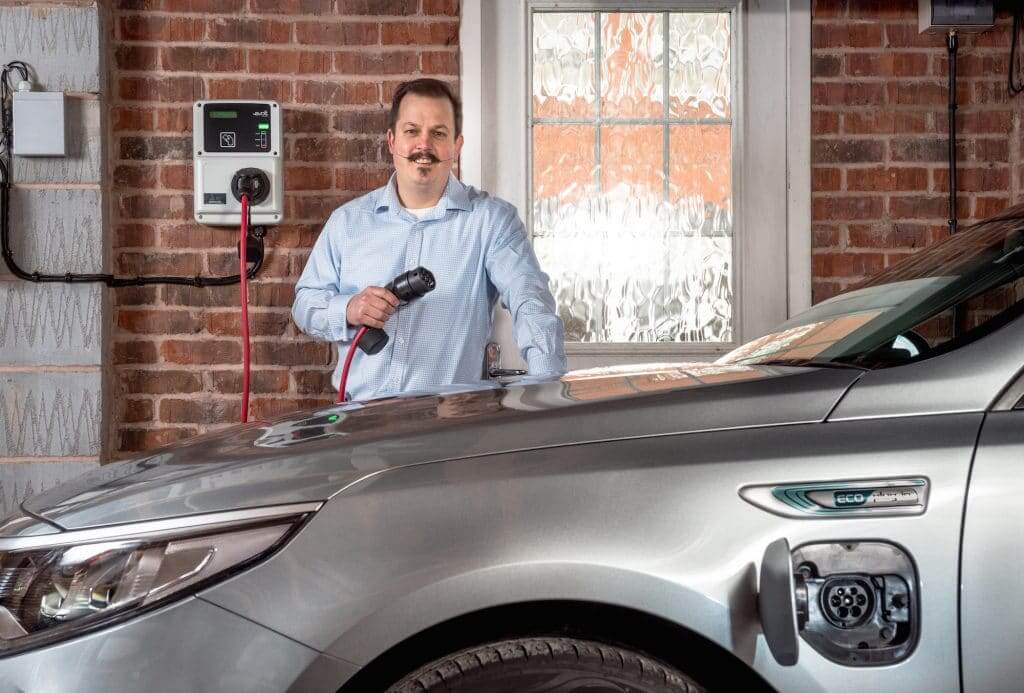
The survey by Go Ultra Low found that motorists (on average) believed there were just 6,000 charging points in the UK. However, it’s more than double this as there are nearly 17,000 chargers in the UK as of the end of June, according to Zap Map, which allows you to find the nearest place to charge your electric or plug-in vehicle.
6. You can charge your car at home
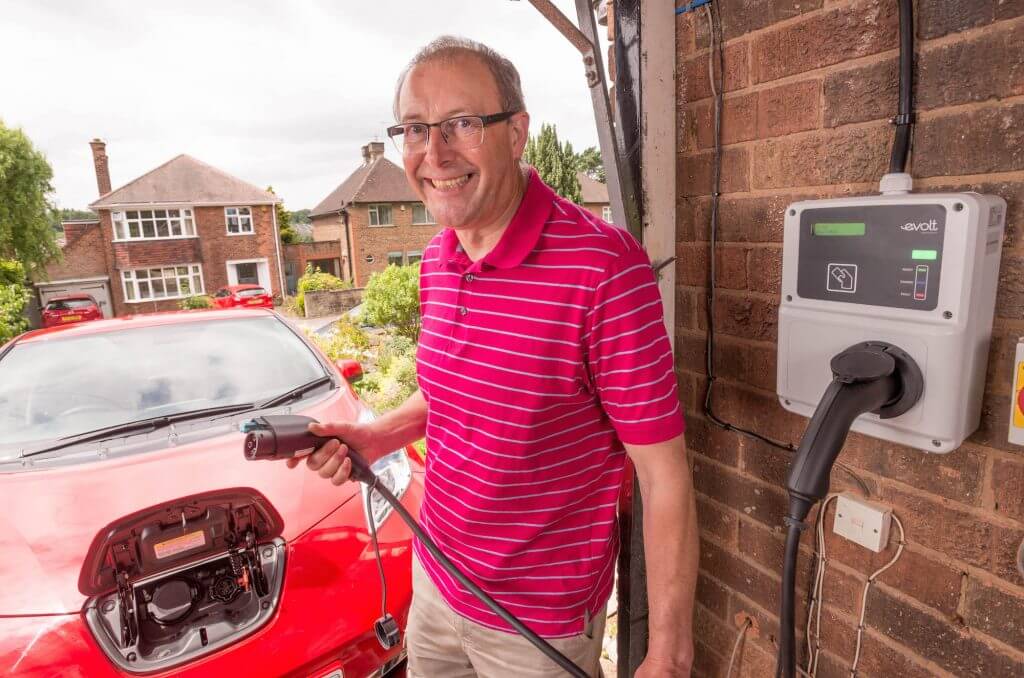
It’s second nature for many EV owners to plug-in their vehicle at home overnight or when not in use to increase the range. That said, 29 per cent of those surveyed didn’t realise you can charge your car through a charging point installed at a house.
While you can charge your car at home using a normal plug socket, many EV drivers decide to opt for wallboxes to charge their car faster and make the process more efficient.
Poppy Welch, head of Go Ultra Low, said: “Pure electric car drivers benefit from lower running costs, convenient charging and high-performance driving, all while producing no tailpipe emissions and helping to improve local air quality.
“Dispelling these misconceptions and highlighting these perks is therefore vital if we are to see more motorists make the switch to electric motoring.”


